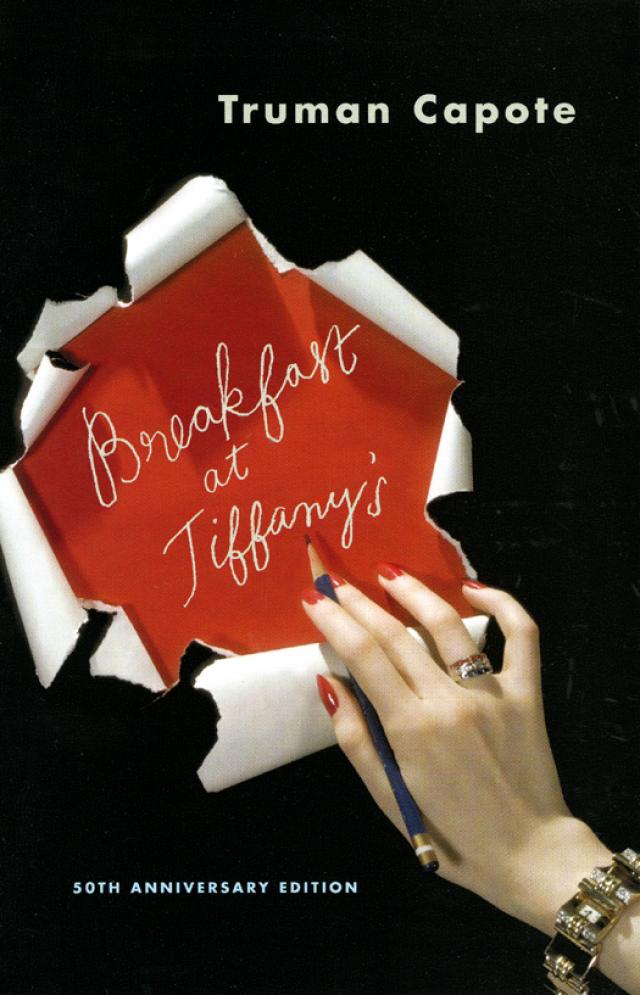
The longest of these, at 105 pages, "The Muses Are Heard," is the journalistic account of the black stage company of Gershwin's Porgy and Bess. Now we have the nonfiction, The Essays of Truman Capote, 507 pages, 42 pieces of work, and they are brilliant. Twenty years passed before Random House put out the Letters and the Complete Stories in 2004. His miserable personal life, I believe, affected his literary reputation, and readers for many years knew only the poignant, sentimental Christmas Memory or the masterpiece In Cold Blood. Once the witty darling of late night talk T.V., he had disgraced himself with drunken babbling and had often drifted away or even passed out at his public readings. He was addicted to pills and alcohol to the point that his death could be considered a kind of suicide. Unfortunately, Capote was, personally, a mess. That is, he could not walk down the street or eat lunch in a restaurant undisturbed. He had published 17 volumes of work and had achieved a celebrity status only reached by Samuel Clemens in the nineteenth century and Ernest Hemingway in the first half of the twentieth. Capote had homes in Manhattan, the Hamptons, Switzerland, the Caribbean and Palm Springs.



When Truman Capote died in the home of Joanna Carson, Johnny Carson's ex-wife, in Los Angeles, on August 25, 1984, he was world-famous and rich. Capote has sympathetic words for Marilyn Monroe and Elizabeth Taylor, and absolute encomia for Isak Dinesen and Capote's favorite American author, Willa Cather. Many of these pieces are ironic, somewhat scornful, but many are not.


 0 kommentar(er)
0 kommentar(er)
